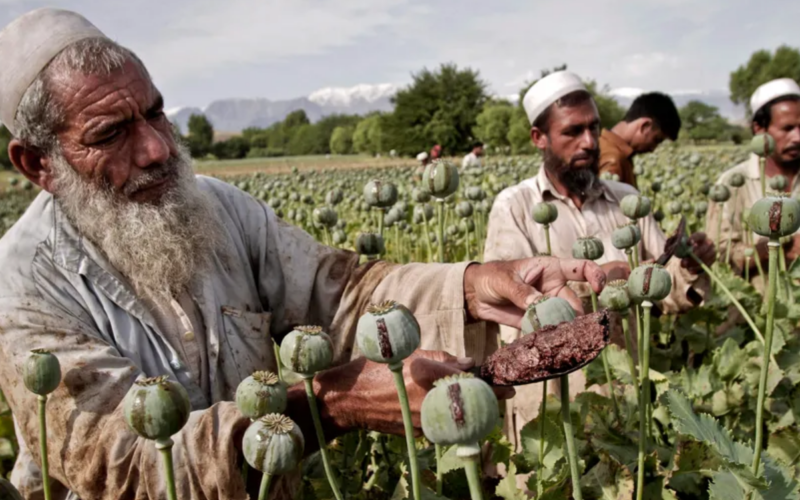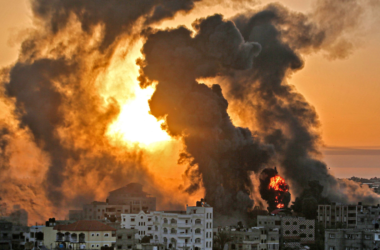In a significant shift, Myanmar has emerged as the world’s foremost producer of opium, surpassing Afghanistan in 2023, according to a new report by the United Nations. The drastic 95 percent reduction in opium cultivation in Afghanistan, following a drug ban imposed by the Taliban in 2022, has led to a global supply transition to Myanmar. The UN Office on Drugs and Crime (UNODC) attributes this shift to the political, social, and economic instability resulting from a 2021 coup in Myanmar, prompting an increase in opium cultivation.
The report highlights a substantial decline of 95 percent in opium cultivation in Afghanistan due to the Taliban’s drug ban in 2022. This decline has positioned Myanmar as the world’s leading opium producer in 2023.
The UNODC notes that economic, security, and governance disruptions resulting from the 2021 military coup in Myanmar have driven individuals in remote areas toward opium cultivation as a means of livelihood. Farmers in Myanmar now earn approximately 75 percent more from opium poppy farming, with average prices reaching around $355 per kilogram.
From 2022 to 2023, Myanmar witnessed an 18 percent increase in the estimated land used for illicit opium cultivation, expanding from 40,100 to 47,000 hectares. While not reaching historical peaks, this expansion indicates a growing and more productive poppy cultivation in Myanmar.
The areas experiencing the most significant expansion in opium cultivation in Myanmar are the border regions in northern Shan state, followed by Chin and Kachin states. Increased productivity is attributed to more sophisticated farming practices, resulting in a 16 percent yield expansion to 22.9 kilograms per hectare.
The UNODC identifies violent political unrest in Myanmar as a contributing factor to the surge in opium production. The economic, security, and governance challenges following the military takeover in February 2021 have propelled farmers toward opium cultivation as a means of sustaining their livelihoods.
Northeastern Myanmar is part of the notorious “Golden Triangle,” historically known for opium and heroin production. The region’s lawlessness has facilitated the growth of illicit activities, including drug production.
The UNODC notes that the escalating drug production in the region contributes to a growing illicit economy. The convergence of synthetic drug production, drug trafficking, money laundering, and online criminal activities, including casinos and scams, is a concerning trend.
Myanmar’s ascent as the world’s leading opium producer underscores the complex interplay between political turmoil, economic challenges, and illicit activities. The UNODC report sheds light on the evolving dynamics of global drug production and its broader impact on regional economies and stability.








